Recently, many participants in the intelligent vehicle competitions in various provincial regions have inquired about the microcontroller series. Since the regulations in three provincial competition areas allow each school to register two teams for each small competition topic, but to limit the issue of clone vehicles, it is required that these two teams from the same school must use different series of microcontrollers from NXP.

So, what kind of microcontrollers do not belong to the same series?
This concept originally came from a proposal by the former Freescale company, aimed at allowing participating teams to become familiar with more types of microcontrollers, especially to learn about new microcontrollers released by the company. Thus, it was proposed that in the competition, teams from the same school in the same topic must use microcontrollers from different series.

The definition of different microcontroller series is determined by Freescale based on the characteristics of the microcontroller cores and their release times. Each competition will adjust the series definitions. Therefore, there is no strict standard for defining microcontroller series.

By the twelfth intelligent vehicle competition, due to the requirement that each school can only register one team for each topic group, the definition of microcontroller series was completely abolished for the five sub-competition areas. At the same time, the restrictions on the models and quantities of microcontrollers that participating teams can choose were lifted, encouraging teams to select more suitable microcontrollers for the competition.

Although there are now many manufacturers producing microcontrollers with various types, powerful functions, and low prices, they all belong to the same type of computer, namely digital computers. Computers can be classified into several major categories based on their basic principles and implementation methods:

1. Mechanical Computers: To be precise, the functions of these machines are mostly equivalent to those of calculators. They perform numerical calculations, equation solving, and information encryption/decryption through mechanical movements, and can also achieve simple programming.
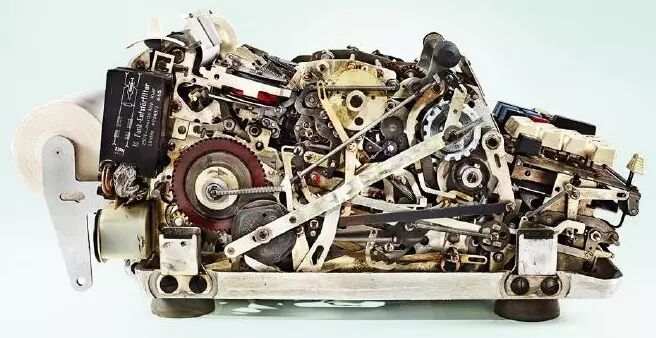
2. Analog Computers: These perform various mathematical operations on analog signals using operational amplifiers and other electronic components. They can be built using discrete components or utilize integrated circuits for large-scale analog computations.
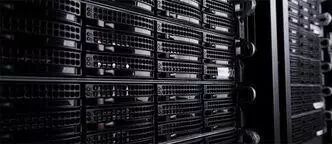
Since these types of computers appeared before digital computers.
3. Digital Computers: These are programmable computers that use digital circuits, representing the mainstream mode of computer implementation today.
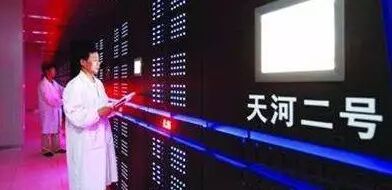
4. Quantum Computers: These are physical devices that operate, store, and process quantum information at high speeds according to the laws of quantum mechanics. Currently, our country’s research on quantum computers is at the forefront of the world.
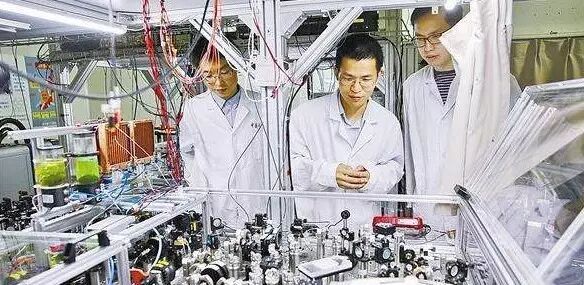
5. Optical Computers: These devices utilize the movement of photons to achieve computational functions. They can provide faster speeds and lower power consumption.
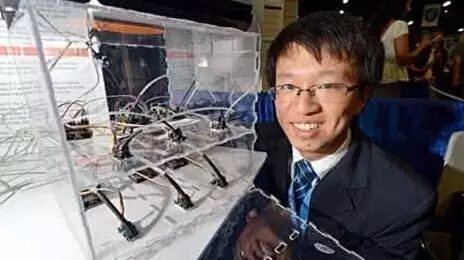
6. Biological Computers: Also known as bionic computers, these systems use nucleic acid molecules as data and biological enzymes and operations as information processing tools.
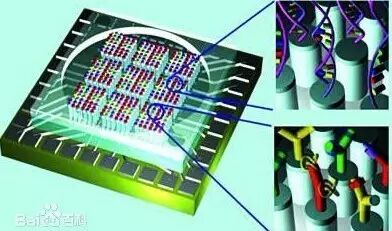
In the future, perhaps we can utilize the classifications of the different types of computers mentioned above to create a more diverse and colorful content for intelligent vehicle competitions.